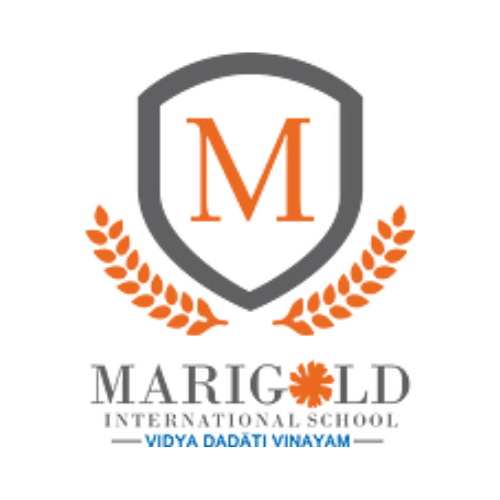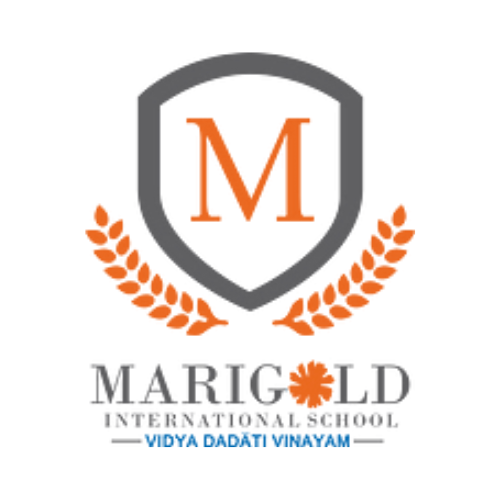Introduction
In today’s digital era, the impact of social media on students cannot be overlooked. It has
become an integral part of their lives, shaping their interactions and influencing their
behavior. However, it is crucial to harness the power of social media for educational
purposes and guide students in navigating the potential risks.
The Benefits of Social Media for Students
Fostering communication and collaboration among students
Social media platforms offer a space where students can easily connect and communicate
with their peers, regardless of geographical barriers. Through group chats, forums, and
interactive features, they can collaborate on projects, share ideas, and seek help from each
other. This enhances their interpersonal skills, teamwork abilities, and overall academic
performance.
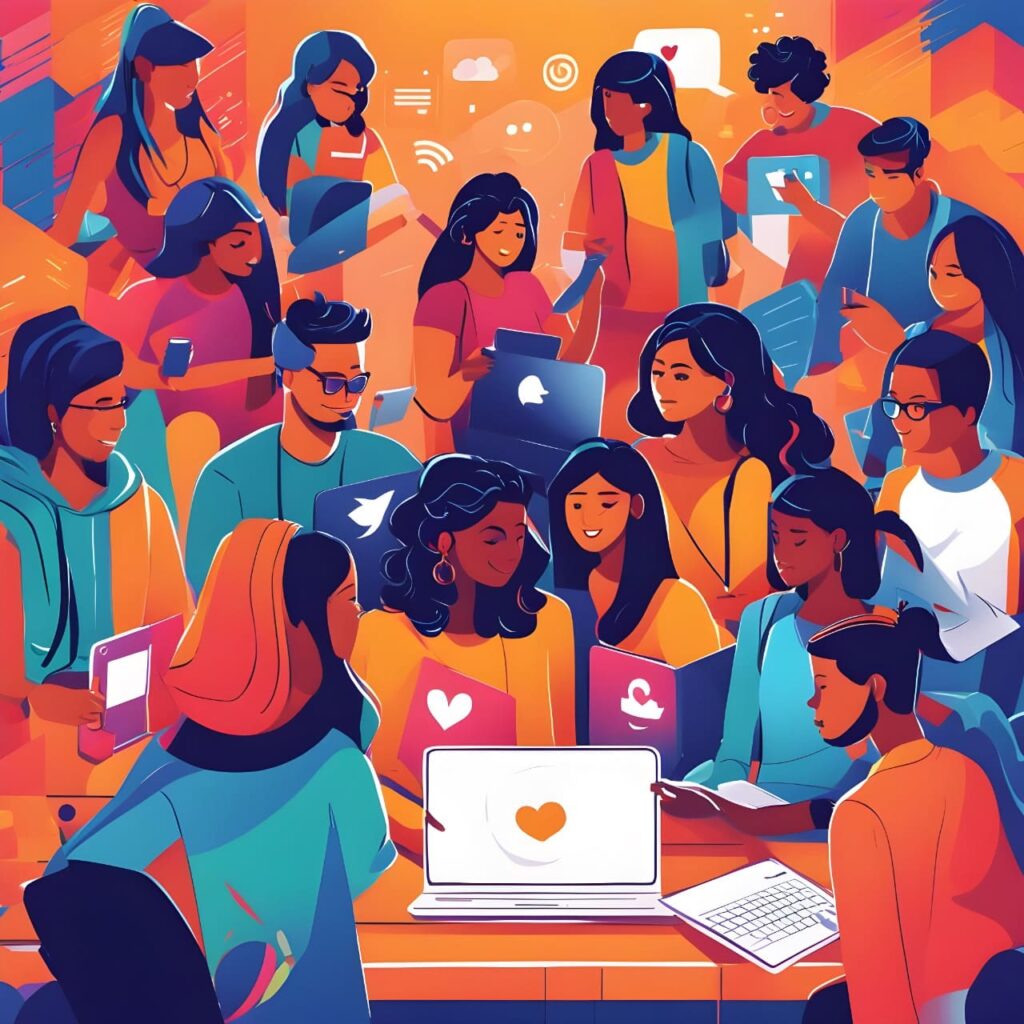
Expanding learning opportunities beyond the classroom walls
Traditionally, education has been confined to the classroom. However, social media breaks
these boundaries, providing students with access to a wealth of knowledge and resources
beyond their textbooks. They can follow educational pages, join online communities, and
participate in webinars and virtual conferences, thus broadening their horizons and
deepening their understanding of various subjects.
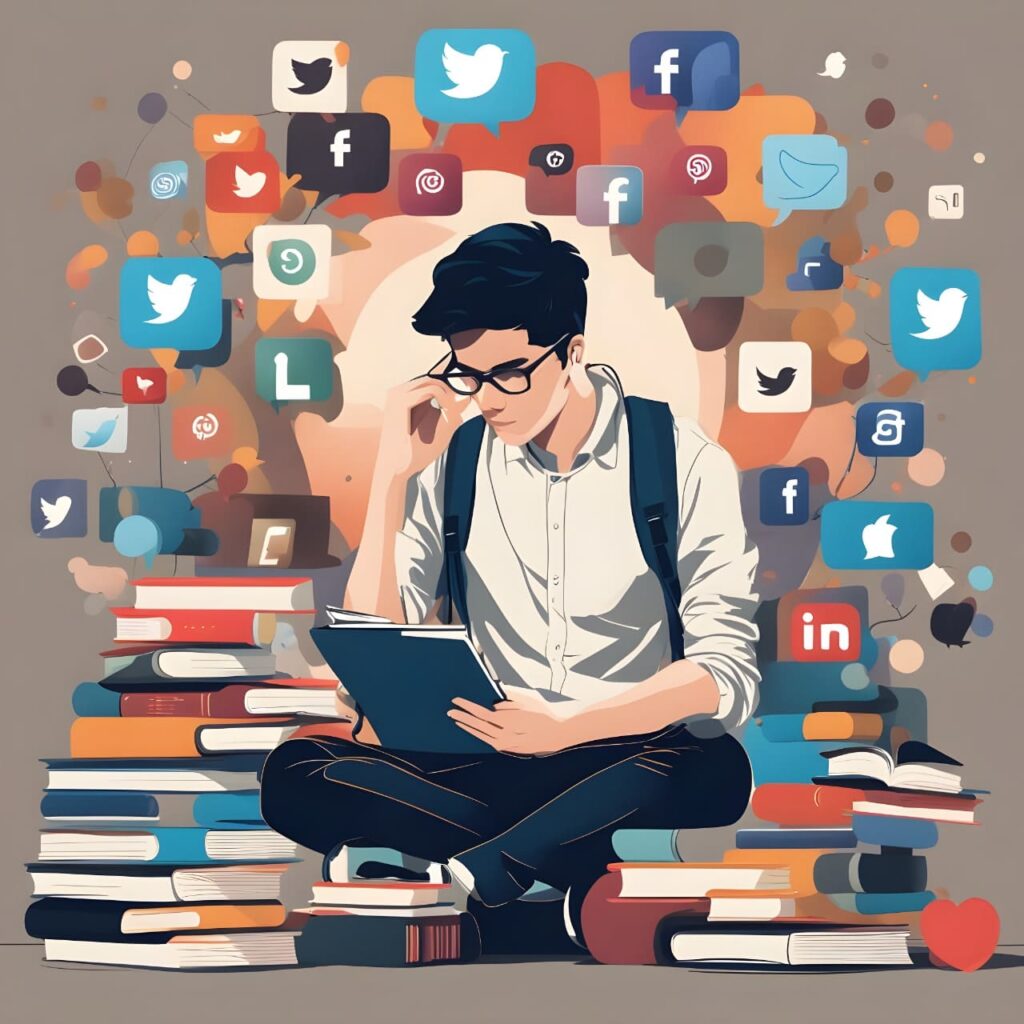
Enhancing creativity and self-expression
Social media platforms serve as an outlet for students to showcase their creativity and
express themselves in unique ways. From creating and sharing artwork, music, and writing
to engaging in challenges and contests, these platforms provide a stage to nurture and
exhibit their talents. This fosters self-confidence, boosts self-esteem, and encourages
students to explore their passions outside of the classroom.

Promoting digital literacy and technology skills
In a digital-centric world, being well-versed in technology is essential. Social media platforms
expose students to a wide range of digital tools and features that require problem-solving
and critical thinking skills. By actively participating on these platforms, students develop
digital literacy and become familiar with the latest technological advancements, preparing
them for the demands of the modern workforce.
Potential Risks and Pitfalls of Social Media for Students
The danger of cyberbullying and online harassment
While social media provides a platform for positive interactions, it also exposes students to
the risk of cyberbullying and online harassment. The anonymity and wide reach of these
platforms can embolden individuals to engage in hurtful behavior. It is crucial to educate
students about the importance of empathy, respectful communication, and reporting any
instances of cyberbullying or harassment.
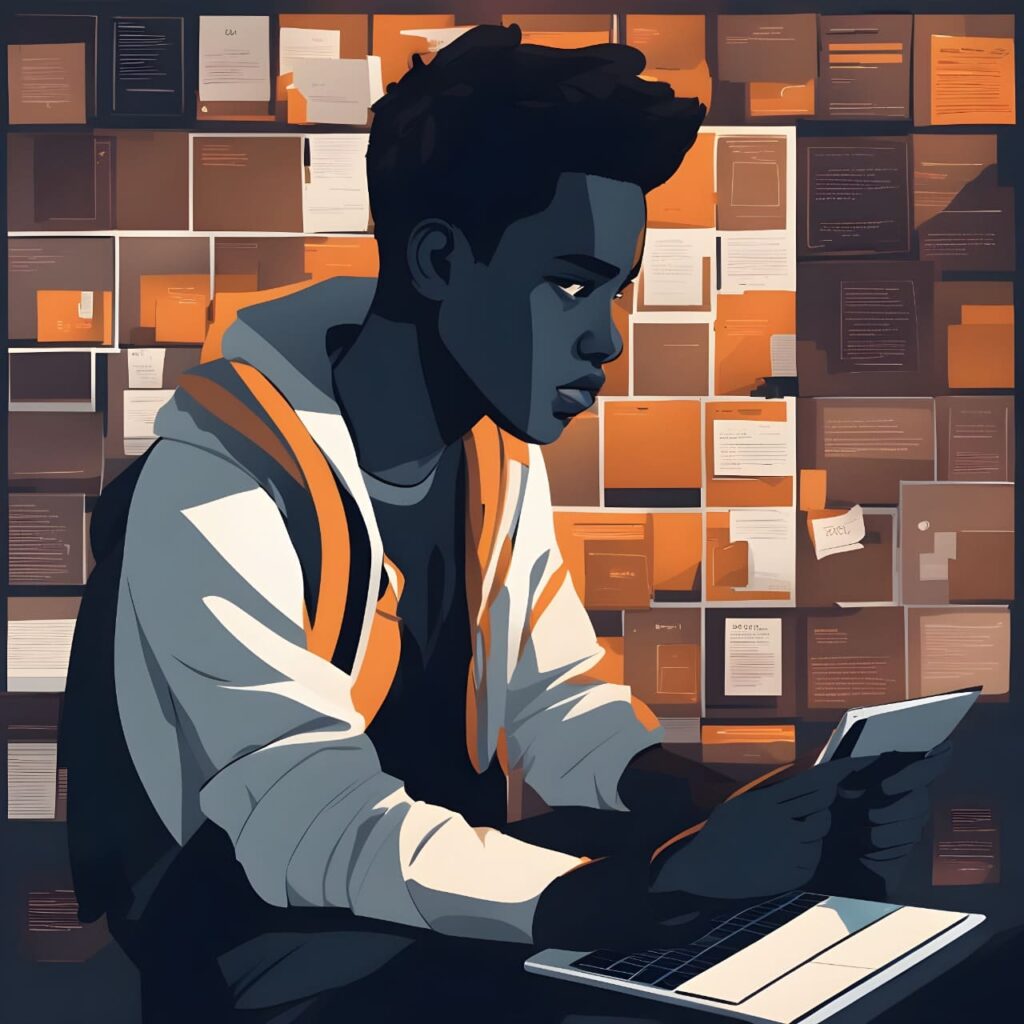
The impact of social media addiction on academic performance
Excessive use of social media can lead to addiction, resulting in diminished focus,
decreased productivity, and poor academic performance. It is crucial for students to find a
healthy balance between social media usage and their academic responsibilities. Developing
self-discipline and time management skills can help them avoid falling into the trap of
excessive social media consumption.
Exposure to inappropriate content and online scams
The vast amount of content on social media platforms makes it easier for students to
stumble upon inappropriate material or fall victim to online scams. It is important to educate
students about responsible content consumption and the potential dangers lurking online. By
teaching them to critically evaluate information and avoid suspicious links or offers, students
can protect themselves from harmful content and scams
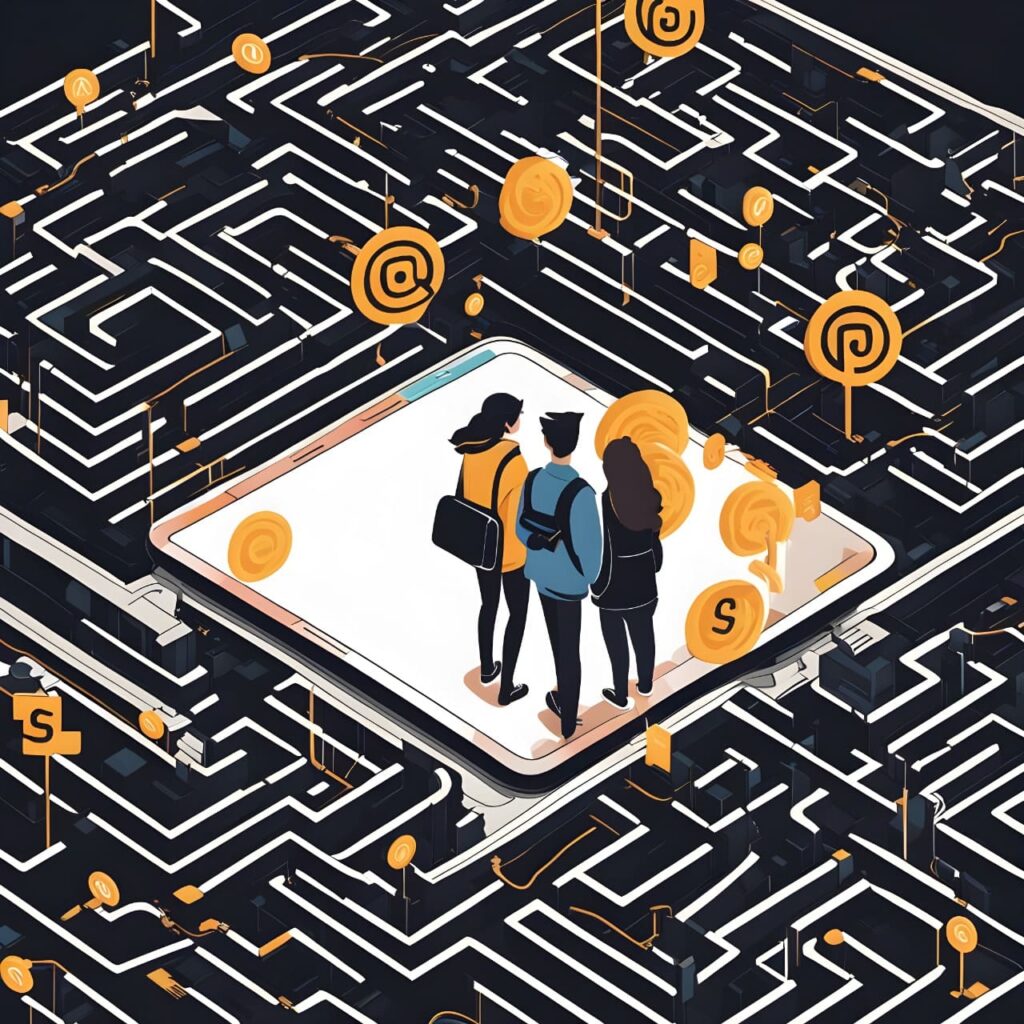
Best Practices for Students to Navigate Social Media Platforms Safely
Developing digital citizenship skills and responsible online behavior
To navigate social media safely, students must develop digital citizenship skills. This
includes understanding the ethical use of digital platforms, respecting others’ opinions, and
practicing responsible online behavior. By treating others with kindness and empathy,
students can contribute to a positive online environment.
teaching them to critically evaluate information and avoid suspicious links or offers, students
can protect themselves from harmful content and scams
Setting strong privacy settings and managing personal information
One of the key ways students can protect themselves on social media is by setting strong
privacy settings. By carefully managing their personal information and controlling who can
see their posts, students can minimize the risk of unauthorized access and protect their
privacy.
Recognizing and reporting cyberbullying or suspicious activities
Students should be able to identify signs of cyberbullying or suspicious activities and know
how to report them. By promptly reporting any incidents to the appropriate authorities or
platform administrators, students can help create a safer online environment for themselves
and others.
Finding a healthy balance between social media usage and academics
Students should prioritize their academic responsibilities and establish a healthy balance
between social media usage and their studies. By setting specific time limits, creating
routines, and avoiding distractions, students can ensure that social media does not interfere
with their educational goals.
The Future of Social Media in Education
Exploring potential challenges and opportunities in the digital landscape
As social media continues to evolve, there will be both challenges and opportunities for
students and educators alike. Challenges may include addressing issues such as
misinformation, digital divide, and privacy concerns. However, opportunities for innovative
pedagogies, global collaborations, and lifelong learning are also anticipated as social media
integration in education progresses
Preparing students for a digitally connected future
In this rapidly changing digital landscape, it is vital to prepare students for a digitally
connected future. This involves equipping them with the necessary digital skills, critical
thinking abilities, and resilience to navigate the complexities of social media. By providing
them with a solid foundation, students can become active contributors in the digital society of
tomorrow.
Conclusion
The benefits and risks of social media for students are significant. By harnessing its potential
and minimizing the associated risks, students can maximize their educational journey.
Responsible digital citizenship, mindful online behavior, and proactive guidance from
educators and parents are essential for students to thrive in the digital gamechanger that
social media has become.
FAQs:
How can students ensure their privacy on social media platforms?
Students can ensure their privacy on social media platforms by setting strong privacy
settings, being cautious about what they share, and regularly reviewing their security
settings. It is important to only connect with trusted individuals and avoid sharing personal
information publicly.
What steps can parents take to protect their children from online dangers?
Parents can protect their children from online dangers by having open conversations about
internet safety, setting clear rules and boundaries, monitoring their online activities, and
educating themselves about the platforms their children are using. It is crucial for parents to
establish a safe and supportive environment where their children feel comfortable discussing
any concerns or incidents
How can educators integrate social media into the curriculum effectively?
Educators can integrate social media into the curriculum effectively by identifying learning
objectives that can be enhanced through social media platforms. They should provide
guidance on responsible usage, embed digital literacy skills within the lessons, and
encourage collaboration and creativity in online activities. Evaluation and reflection on the
impact of social media integration should also be part of the processonal
information publicly.
